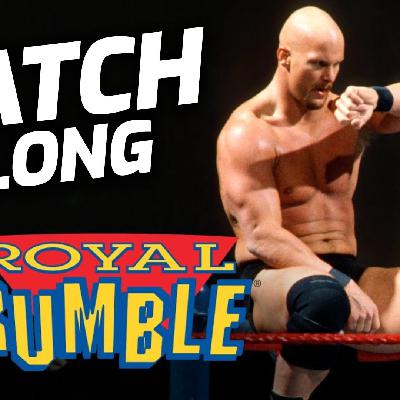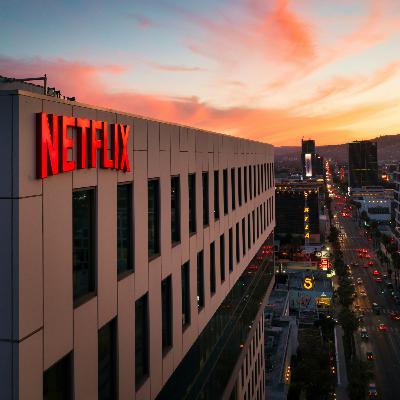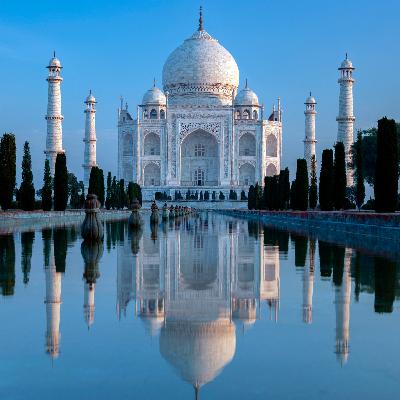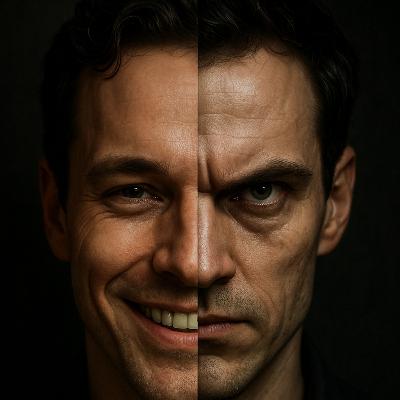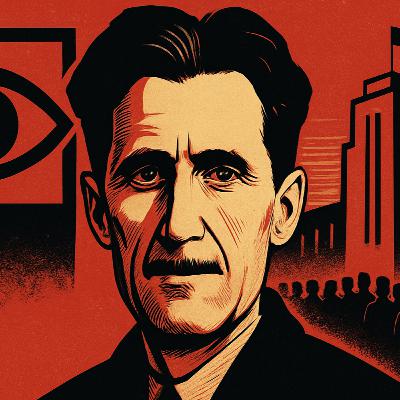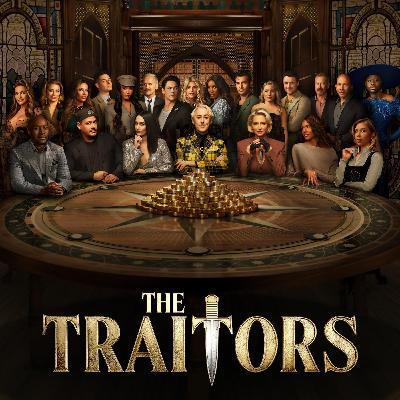👹 The Labubu effect: how a whimsical monster conquered global pop culture & skyrocketed profits
Description
Dive deep into "The Labubu Effect," the extraordinary tale of a wide-eyed, sharp-toothed plush creature that has reshaped the designer toy market and become a global cultural phenomenon. Created by Hong Kong artist Kasing Lung, inspired by Nordic folklore and European fairy tales, Labubu was transformed from a niche collectible into a commercial juggernaut through its partnership with Beijing-based Pop Mart and their revolutionary "blind box" retail model.
Discover how celebrity endorsements from global icons like BLACKPINK's Lisa, Rihanna, Dua Lipa, and Kim Kardashian sparked a viral craze, propelling Labubu from a simple toy to a luxury fashion accessory. We'll explore the sophisticated blind box addiction psychology, tapping into variable rewards conditioning, the thrill of "near miss" effects, and FOMO marketing strategies that drive consumers to collect, buy, and trade these sought-after figures.
Uncover the staggering financial success, with Pop Mart's revenue doubling in 2024 and net profit soaring an astronomical 397% in the first half of 2025, driven significantly by the Labubu franchise, which now accounts for approximately 23% of total revenue and surpasses iconic American toy lines like Barbie and Hot Wheels in sales. Learn how this "ugly-cute" character achieved cultural legitimacy, being showcased as the first designer toy brand at the Louvre in Paris in July 2024 and inspiring collaborations with high-fashion brands like Valentino, Balmain, and Sacai.
Join us as we examine Labubu's impact on the collectible toy market, its robust secondary market where figures like a Sacai-designed Labubu sold for $31,250 at auction, and the challenges and future outlook for Pop Mart's global expansion as it aims to become "The World's POP MART" through new content (like an animated series) and international stores. This isn't just about toys; it's a masterclass in intellectual property monetisation, viral toy trends, and the emergence of a new cultural economy where "cute chaos meets luxury status symbols".

